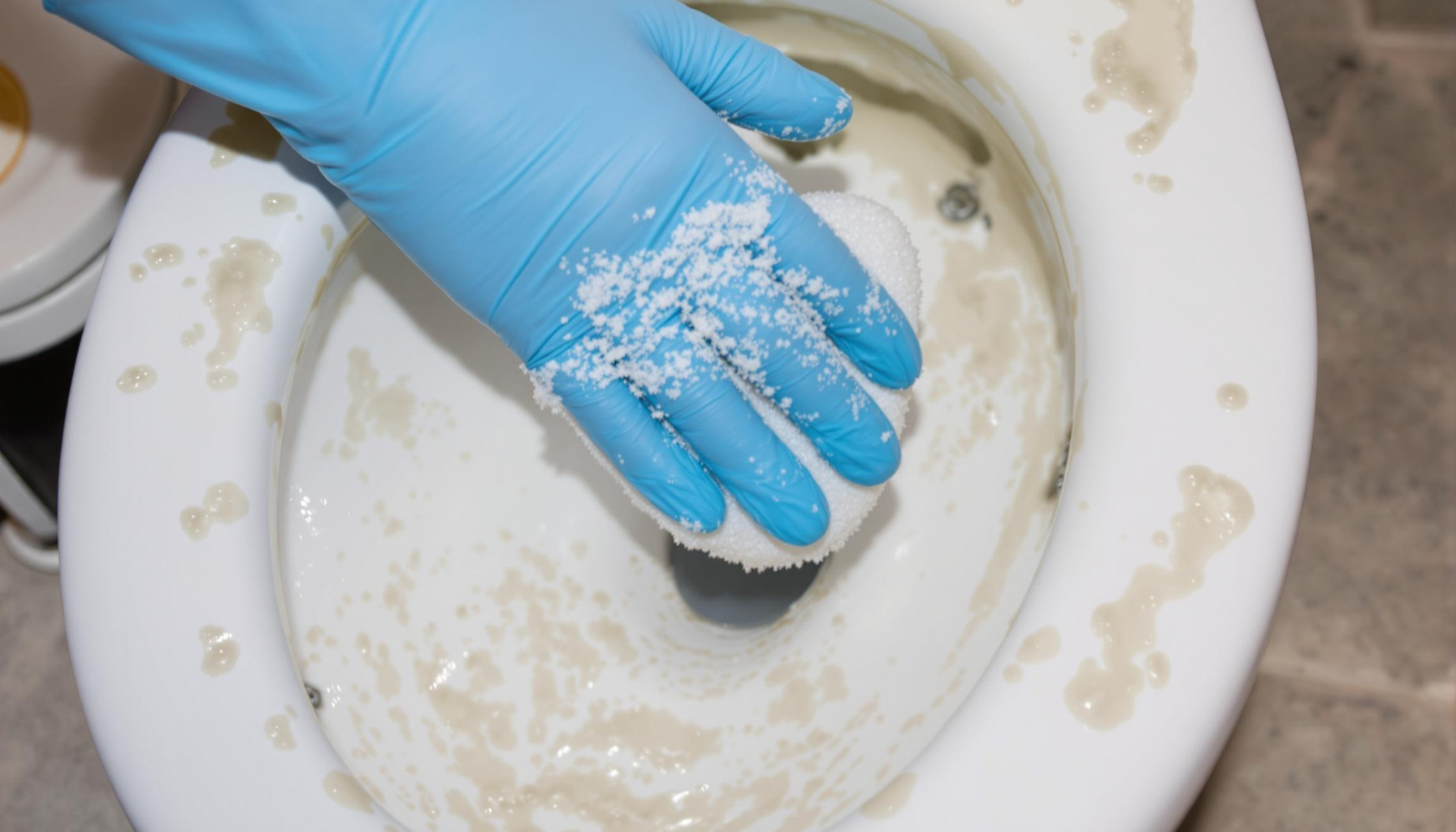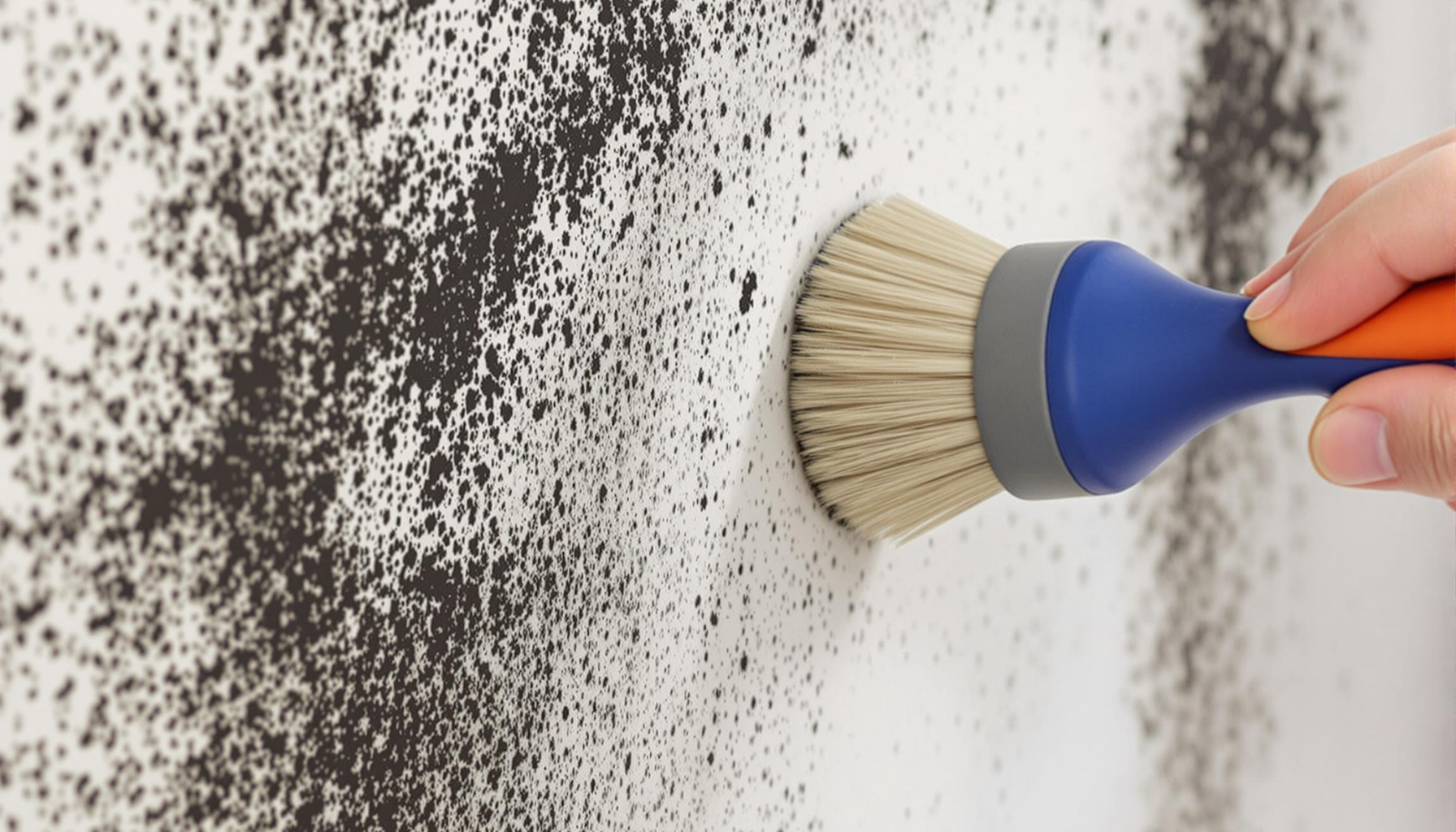How to Clean Toilet Tank Mold
How to Clean Toilet Tank Mold – Your Ultimate Guide
Why Mold in the Toilet Tank is a Problem
Mold in your toilet tank is most definitely more than just an aesthetic problem; it can be dangerous for health. If left untreated, it sends out spores, creates odors, and even slowly destroys your plumbing. In this fully informative guide, you will learn how to safely and effectively remove mold from a toilet tank and how to prevent it from growing back. For professional deep cleaning, Cleaning Service Round Rock offers expert solutions in keeping your house spotless and healthy.
The toilet tank is a dark, moist area that invites mold to grow. Common causes include:
Stagnant water due to a lack of flushing.
High humidity in bathrooms.
The mineral deposits within the hard water trap the moisture.
The growth of mold may lead to allergic reactions, respiratory complications, and even structural damage. House cleaning is quite essential for hygienic reasons.
Things You'll Need Toos and Supplies
Gloves made of rubber and goggles to stop mold spores.
White vinegar, bleach, or hydrogen peroxide: anti-mold agents.
Scrubbing brush-soft or medium bristles.
A sponge, microfiber cloth, and a bucket.
Baking soda for scrubbing stubborn stains.
How to Remove Mold from a Toilet Tank: A Step-by-Step Guide
1. Turn off the water supply
Locate the shut-off valve behind the toilet and turn it clockwise. Flush the toilet to completely drain the tank. Use a towel to soak up remaining water.
2. Application of Cleaning Solution
One of the following mold-killing solutions:
Vinegar: Add 2–3 cups of white vinegar to the tank. Allow this to sit for an hour.
Bleach solution: Mix 1 cup of bleach with 1 gallon of water. Then apply and wait for 15 minutes.
Hydrogen Peroxide: For 3% Hydrogen peroxide, take pure. Let stand 30 minutes.
3. Scrub the Tank Thoroughly
Use a brush to scrub away at the sides of the tank, the corners, and around such components as the fill valve, flapper, and overflow tube. Pay particular attention to any black or pink mold spots; sprinkle baking soda on tough stains for extra scouring power.
4. Rinse and Disinfect
Turn the water supply back on and let tank refill. Flush 2 to 3 times to rinse residue. Wipe with disinfectant spray.
5. Dry the Tank
Leave the lid off for 1–2 hours to have the tank air dry completely. Water invites mold regrowth.
How to Prevent Mold from Returning
Weekly Maintenance: Mix 1 cup of white vinegar into the tank every week to prevent mold.
Fix Leaks Promptly: Dripping water creates a damp environment.
Install a Vent Fan: Helps to decrease the moisture inside the bathroom.
Use a Toilet Tank Tablet: Many mold-inhibiting tablets are designed to dissolve slowly.
When to Call a Professional
If mold continues to appear after cleaning, this could be evidence of hidden leaks or poor ventilation. Cleaning Services Round Rock offers mold remediation of bathrooms for those instances of particularly bad infestation.
Mold in a Toilet Tank: FAQs
-
Yes! The black mold itself, named Stachybotrys, has strong health threats and should always be cleaned with proper protection.
-
Tea tree or eucalyptus oil mixed with water will discourage mold, but vinegar does a better job.
-
Once every 1–2 months for the quality of water, humidity level.
Eco-Friendly Mold Removal Tips
Lemon Juice: Mix into baking soda to a non-toxic scrub. Borax: One can dissolve half cup in water to kill mold safely without a formation of harsh fumes. Need help with larger spaces? Apartment Cleaning Austin offers personalized services to apartment dwellers to keep small areas fresh and mold-free.
Name: Sparkly Maid Austin Cleaning Services
Address: 200 Congress Ave. Suite 200, Austin, TX 78701
Phone: (512) 617-5979

